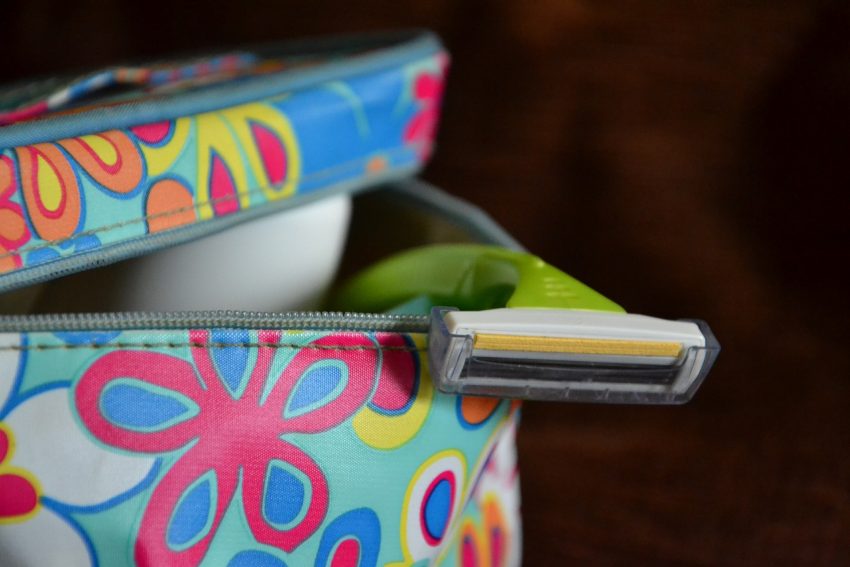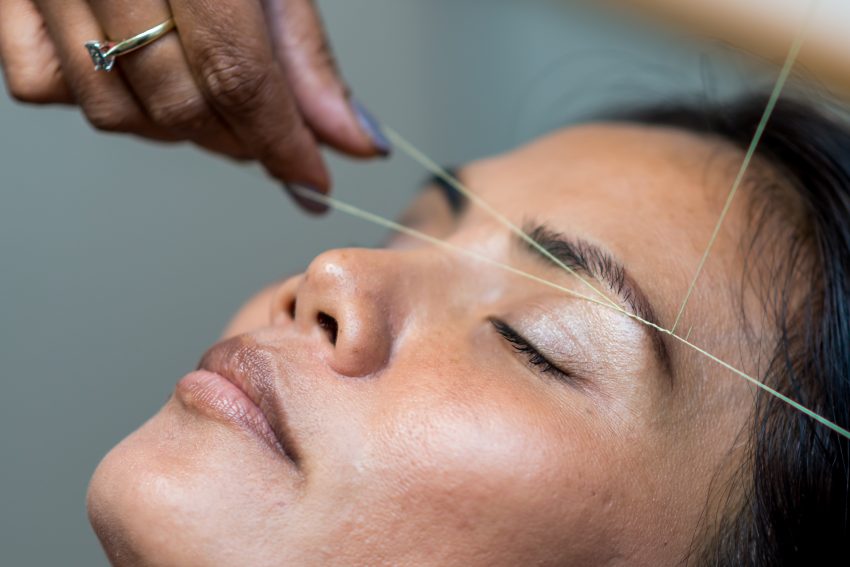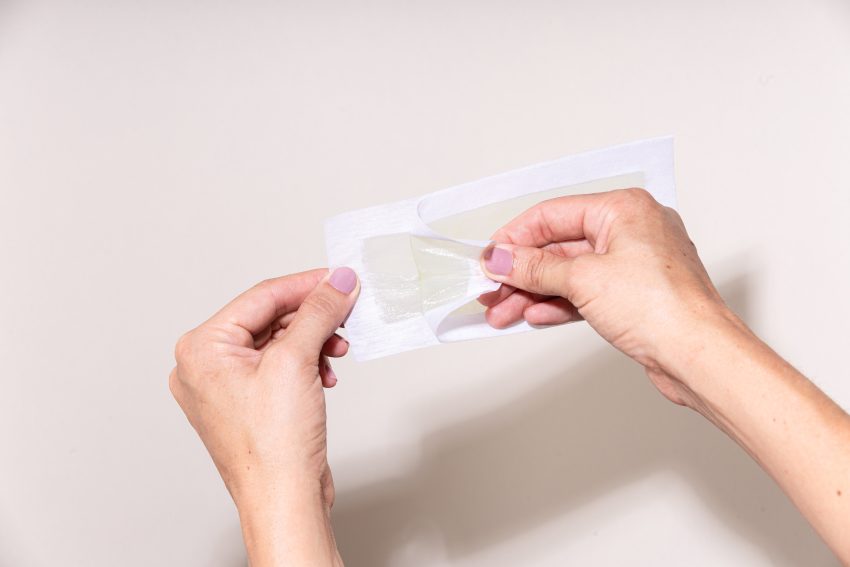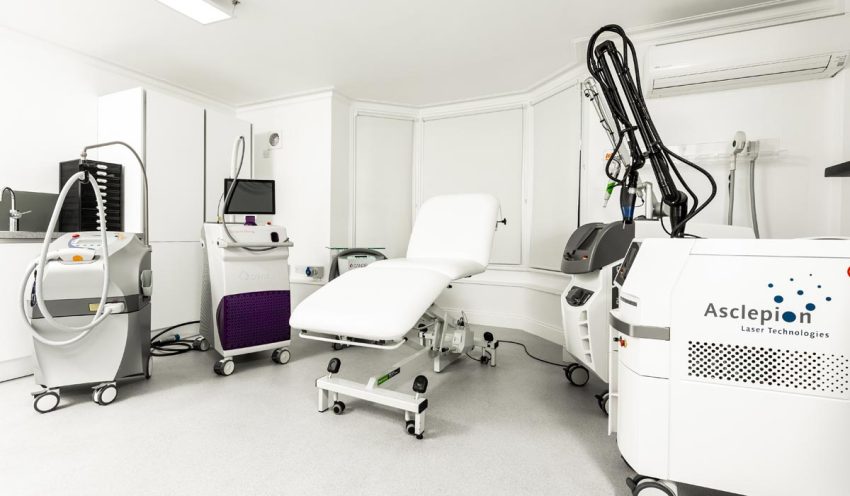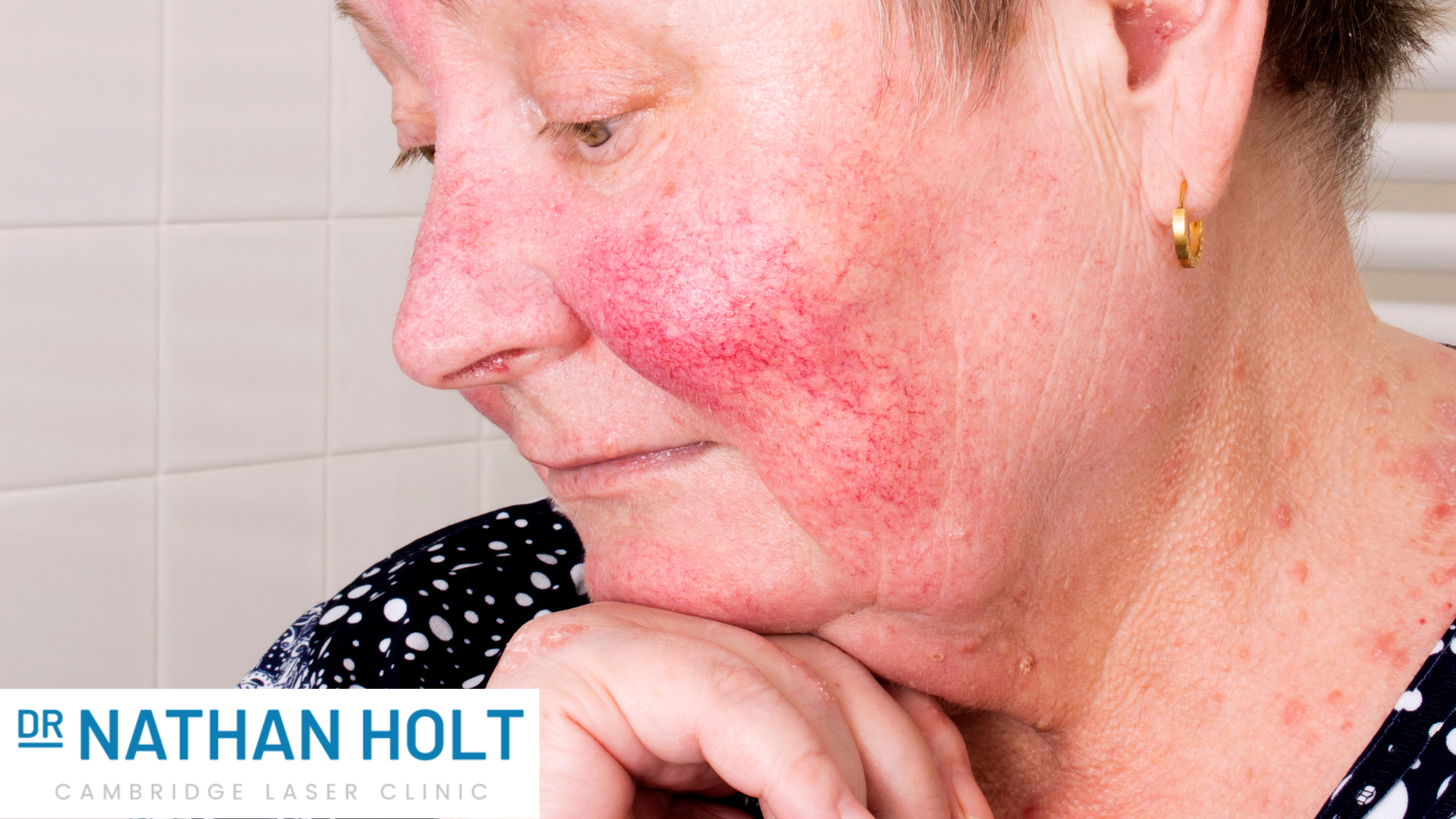April marked Rosacea Awareness Month, a time dedicated to spreading awareness about this chronic skin…

Sensitive Skin? How to find the best hair removal method for you
Redness, itching, acne flare-ups — for those of us with sensitive skin, these kinds of unpleasant reactions are all too familiar. Fragrances, harsh exfoliants, certain sunscreens, makeup, and even wearing glasses can play havoc with our skin. But hair removal is a whole new minefield. Unfortunately, many of the most popular hair removal methods involve harsh chemicals and prolonged skin contact. And for many people with easily irritated skin, that can take its toll.
That’s not to say those of us with sensitive skin can’t be silky smooth too. So, if you’re longing for fuzz-free legs, hairless underarms, or a stubble-free bikini area, keep reading. Here’s our guide to hair removal, and the gentlest methods for skin needing that little extra TLC.
Shaving
The quickest and most widely used hair removal method, shaving can spell trouble if you have sensitive skin. Razor burn is not only unsightly, it can also be downright painful. Ingrown hairs are another common problem with shaving.
Still, as shaving is so quick and cost-effective, you might want to persevere. If you do, be sure to replace your razor regularly to keep your blade sharp and clean. It should result in fewer nicks, and there’s less chance of spreading bacteria from old blades onto the skin. Using a razor with inbuilt moisturisers (rather than shaving foam) can also help. If there’s still a problem, check the ingredients of the moisturiser for chemicals that could cause irritation. If these tips don’t work, perhaps shaving isn’t the method for you.
Threading and plucking
In a recent article by Woman & Home, board-certified dermatologist Dr. Erum N Ilyas points out the pros of plucking for high-sensitivity skin.
“Threading or plucking tend to be ideal for the simple reason that these two methods do not impact the skin directly in the same way that other hair removal methods do.”
So, thanks to the minimal skin contact, threading and plucking are gentler on sensitive skin. And unlike other methods, there’s no need for products, which means your skin is less likely to get inflamed post-treatment.
On the flip side, plucking is extremely slow-going and pernickety. As such, it’s only really suitable for small areas. Also, both techniques can lead to painful ingrown hairs if done incorrectly. So, if you’re considering threading or plucking for your eyebrow area, best to go to a specialist beauty therapist.
Waxing
Few things are more painful than someone pouring hot wax over your bikini region before ripping it off repeatedly. And for those of us with easily irritated skin, the pain can continue long after the treatment itself. Peeling, scabbing, and soreness can all be signs that your skin hasn’t taken to waxing.
However, depending on how sensitive your skin is, changing the type of wax used — as well as careful prepping and aftercare — can make the world of difference. Taking an anti-inflammatory 30 minutes before the treatment and asking your therapist to apply a cooling gel or cold compress can also help.
Sugaring
If you have sensitive skin, sugaring offers a few extra benefits compared to waxing. Firstly, no harsh chemicals are used. An all-natural concoction of sugar, water, and lemon, the sugar paste is hypoallergenic. Secondly, the paste is applied at room temperature, meaning there’s no chance of burns. Another difference between sugaring and wax is that the sugaring paste is applied directly against the hair growth and flicked off in the direction of the growth. The result is less hair breakage and less chance of developing ingrown hairs.
Depilatory creams
Using strong chemicals to literally dissolve hairs, depilatory creams are among the harshest hair removal methods out there. If your skin is even slightly on the sensitive side, avoid them!
Laser hair removal
The only method that offers permanent results, laser hair removal, can also be surprisingly gentle on the skin. The treatment utilises laser light to penetrate the skin and damage the hair follicle at the root to prevent regrowth. And the best thing? It’s relatively painless.
Unlike many of the other methods, laser hair removal can be used on any part of the body. And experts recommend six to eight treatments at six to ten weeks intervals for the best results. So if your skin is a bit sensitive, it’ll have plenty of time to recover — unlike with shaving or waxing.
What’s more, laser hair removal delivers the most visibly appealing results. Even if you suffer from skin prone to sensitivity. There’s no stubble rash and no chance of ingrown hairs. Just skin that’s soft and silky to the touch.
Price is another thing to bear in mind. The cost of laser hair removal treatment varies depending on the area of the body to be treated. Smaller areas like eyebrows tend to start at around £50 per session. It might seem expensive at first glance, but laser hair removal can actually be more cost effective than conventional hair removal in the long run. Think about it. With lasers, you only have to pay for one course of treatment. With waxing, you’re looking at a lifetime of monthly de-fuzzing appointments.
Here at Cambridge Laser Clinic, we offer laser hair removal with different lasers tailored to your skin and hair type. We have options to suit fair, dark, and olive complexions, and can alter the therapy to target fine, coarse, or ingrown hairs. That means we can give unbiased advice on the most effective treatment for you — whether you have sensitive, dry, or normal skin.
Led by laser specialist Dr Nathan Holt, our highly qualified medical team has more than 25 years of experience. Together, we’ve delivered over 120,000 successful treatments. We have strong ethical standards, and don’t believe in offering staff commission to sell treatments. So you can be sure that our advice is based on what’s best for you.
If you’re considering laser hair removal, get in touch for a free consultation. We’d love to hear from you — and there’s no obligation to go ahead.

